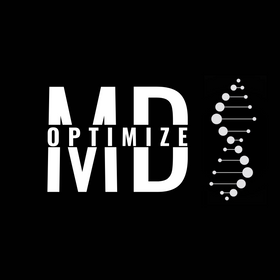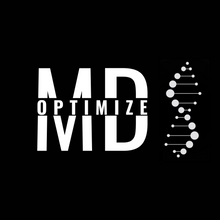Understanding A1C Levels from a Functional Medicine Perspective
If you’ve been on a journey to optimize your health, you’ve probably heard about the A1C test. As a functional medicine doctor, I’m here to give you the inside scoop on why A1C matters, what “A1C good levels” look like, how you can do an A1C test at home, and the best ways to focus on A1C reduction over time.
What Is A1C and Why Does It Matter?
The A1C test—sometimes called the hemoglobin A1C or HbA1C—measures the average blood sugar levels over the past 2–3 months. It tracks how much glucose (sugar) is attached to your red blood cells. Since these blood cells typically live about three months, an A1C reading gives a more comprehensive view of your blood sugar trends than a single fasting blood sugar test.
In functional medicine, we see A1C as a crucial marker because it helps us understand long-term metabolic and hormonal patterns rather than just spot-checking on a random day. By looking at these deeper markers, we can create a more personalized plan that addresses the root cause of any blood sugar imbalance.
Understanding “A1C Good Levels”
When discussing "A1C good levels,” it’s important to remember that optimal targets can vary slightly from person to person. Generally:
- Below 5.7%: Considered normal
- 5.7% to 6.4%: Prediabetes range
- 6.5% or higher: Diabetes range
Functional medicine often strives for the lower end of the normal range—especially if your health goals revolve around weight management, hormone optimization, or reducing the risk of chronic disease. However, your ideal target might differ depending on your unique health status, family history, and current medications.
How Does an “A1C Equivalent Chart” Help?
An A1C equivalent chart translates your A1C percentage into an estimated average glucose (eAG). This can be incredibly helpful if you’re used to seeing daily blood sugar readings and want to relate them to your A1C result. For instance, an A1C of 6% corresponds to an estimated average glucose of around 126 mg/dL, while an A1C of 7% might be closer to an average of 154 mg/dL.
Understanding this connection helps you see how even small changes in your daily glucose levels can lead to big differences in your A1C over time.
Can You Do an “A1C Test at Home”?
Yes! Doing an A1C test at home is increasingly popular. Many kits let you prick your finger, collect a small blood sample, and send it to a lab for analysis. Results often come back in a few days, giving you a convenient way to monitor your blood sugar trends—especially if you’re adjusting your diet, exercise, or supplementation routine. Some advanced devices can even give you results right on the spot, though accuracy can vary.
Home testing shouldn’t replace professional medical evaluations, but it can be a valuable tool in helping you stay on top of your metabolic health, especially if you’re working closely with a functional medicine practitioner.
Practical Tips for A1C Reduction
If your A1C levels are higher than you’d like, don’t worry—there are plenty of ways to work toward A1C reduction:
-
Balanced Nutrition
- Focus on whole, unprocessed foods: lean proteins, healthy fats (like avocados and olive oil), and plenty of vegetables.
- Limit refined carbs and added sugars, but don’t forget to include fiber from whole grains, beans, and legumes to keep blood sugar stable.
-
Regular Exercise
- Aim for 150 minutes of moderate-intensity aerobic activity (like brisk walking or cycling) per week.
- Add in resistance training (bodyweight exercises, weights, or bands) a couple of times a week to help improve insulin sensitivity.
-
Stress Management
- Chronic stress can elevate cortisol, which impacts blood sugar regulation.
- Mindful activities like yoga, meditation, or breathing exercises can help regulate stress hormones.
-
Supplement Wisely
- Nutritional support (e.g., magnesium, chromium, or certain herbal extracts) can assist in blood sugar balance.
- Always consult with a practitioner to see which options are right for you.
-
Quality Sleep
- Poor sleep can affect glucose metabolism. Strive for 7–9 hours of restful sleep each night.
-
Regular Check-Ins
- Whether you opt for lab tests or an A1C test at home, keeping an eye on your levels can help track your progress. Adjust your lifestyle or medications accordingly under professional guidance.
How Optimize MD Can Help
At Optimize MD, we specialize in comprehensive blood work that goes beyond the standard panel, giving you deeper insights into how your hormones and metabolism interact. If you’re concerned about your A1C levels—or simply want to optimize your health—our online practice offers:
- Weight loss programs with medical oversight to help tackle elevated A1C through personalized nutrition, exercise plans, and targeted prescriptions if needed.
- Hormone optimization for those whose metabolic imbalances stem from hormonal fluctuations.
- Extensive lab testing that uncovers the hidden clues in your biochemistry.
All appointments are virtual, and any prescriptions or supplements you need get shipped straight to your home.

